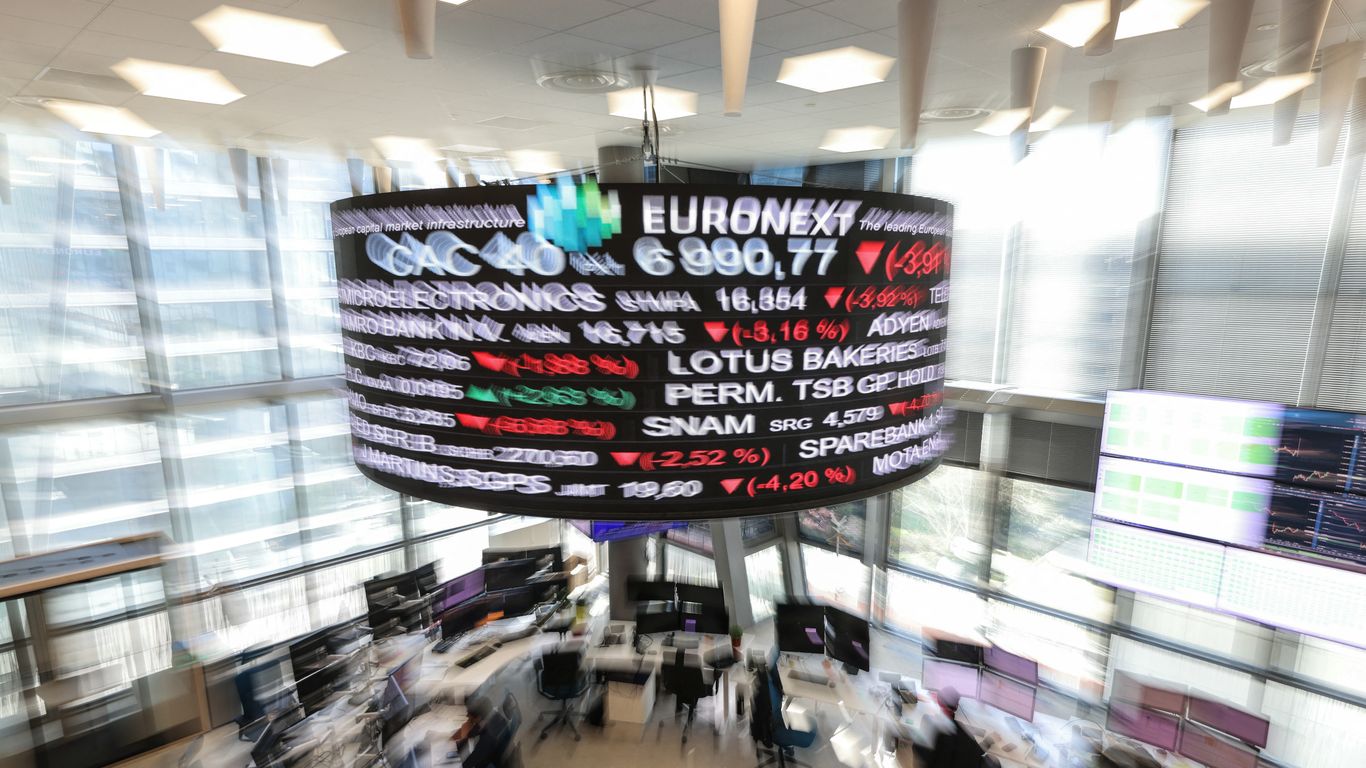
The Market’s Rollercoaster Ride: A Case of Mistaken Identity
Monday saw a dramatic demonstration of the market’s susceptibility to misinformation, a stark reminder of how quickly sentiment can shift based on unreliable news. A false report, swiftly debunked as “fake news” by the White House, sent shockwaves through the financial world, triggering a significant and unsettling market swing. The supposed news? A 90-day pause on a significant portion of the President’s tariffs.
The impact was immediate and intense. Within a relatively short timeframe, indices experienced an almost unbelievable eight percent fluctuation. This volatility underscored the pervasive influence of trade policy on investor confidence and the precarious balance upon which market stability rests. The rapid, dramatic shift highlighted not only the power of news (real or imagined) but also the heightened sensitivity of the market to any perceived changes in trade relations.
What makes this event particularly noteworthy is the speed and scale of the reaction. Investors, already operating in a climate of uncertainty regarding trade negotiations and their economic consequences, instantly reacted to the unsubstantiated report. The initial surge in optimism, fueled by the prospect of tariff relief, quickly reversed as the report’s falsehood became clear, leading to a sharp sell-off. This rapid turnaround showcases the fragility of market confidence and the potential for significant losses when speculation runs rampant.
The incident serves as a potent illustration of several key dynamics at play in the current economic landscape. First, it underscores the crucial role of credible information in maintaining market stability. The spread of misinformation, particularly in the age of instant communication and social media, can have catastrophic effects, triggering panic selling and potentially destabilizing the entire market.
Secondly, the event highlights the heightened sensitivity of global markets to any news related to trade policy. The ongoing trade disputes have created an environment of uncertainty, causing investors to closely monitor every development, every tweet, every statement from relevant authorities. This heightened sensitivity increases the risk of overreaction to even unsubstantiated rumors, as witnessed on this turbulent Monday.
Thirdly, the incident is a stark reminder of the interconnectedness of global markets. The initial reaction to the false report wasn’t confined to a single nation or region; it was a global phenomenon, demonstrating the rapid transmission of information and the synchronized response of investors worldwide. This interconnectedness, while promoting efficiency in some ways, also amplifies the potential for widespread disruption when inaccurate information spreads like wildfire.
In conclusion, the market’s dramatic response to a false report regarding a pause on tariffs serves as a cautionary tale. It underscores the importance of verifying information sources, the heightened sensitivity of markets to trade policy, and the inherent risks associated with operating in a climate of uncertainty. The incident also provides a valuable lesson on the potentially devastating consequences of misinformation and the need for greater media literacy in the age of rapid information dissemination. The event should prompt a critical examination of how we consume and interpret financial news, reminding us of the vital need for careful analysis and a healthy dose of skepticism before reacting to headline-grabbing reports.



Leave a Reply